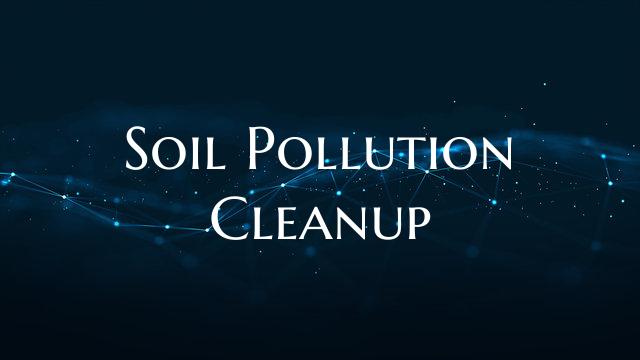Soil Pollution Cleanup
Soil pollution poses a significant threat to the environment, agriculture, and human health. Contamination of soil by various pollutants such as industrial waste, agricultural chemicals, heavy metals, and harmful chemicals can have long-lasting impacts on the ecosystem. To address this pressing issue, effective strategies need to be implemented for soil pollution cleanup to restore soil health and promote sustainable practices.
1. Assessment and Identification of Pollutants: The first step in soil pollution cleanup is to conduct a thorough assessment to identify the type and extent of pollutants present in the soil. This can be done through soil testing, sampling, and analysis to determine the level of contamination and the potential risks involved.
2. Remediation Techniques: There are several remediation techniques available for cleaning up polluted soil. These techniques can be broadly categorized into physical, chemical, and biological methods. Physical methods include techniques like excavation, soil washing, and thermal desorption, which involve removing contaminated soil from the site for treatment. Chemical methods involve the use of chemicals to immobilize or break down the pollutants present in the soil. Biological methods, such as bioremediation and phytoremediation, utilize living organisms like bacteria, fungi, and plants to degrade or remove pollutants from the soil.
3. Bioremediation: Bioremediation is a cost-effective and environmentally friendly method for soil pollution cleanup. It involves the use of microorganisms to break down pollutants into less harmful substances. Microorganisms like bacteria and fungi can metabolize organic pollutants, while plants can absorb and accumulate heavy metals from the soil. Bioremediation can be applied in situ, where the treatment is conducted directly at the contaminated site, or ex situ, where the soil is removed and treated in a controlled environment.
4. Phytoremediation: Phytoremediation is a specialized form of bioremediation that utilizes plants to remove, degrade, or contain pollutants in the soil. Certain plants, known as hyperaccumulators, have the ability to absorb and accumulate high concentrations of heavy metals in their tissues. These plants can be grown in contaminated soil to extract pollutants, which can then be harvested and disposed of properly. Phytoremediation is a cost-effective and sustainable method that can be used to clean up soil in both industrial and agricultural settings.
5. Monitoring and Long-term Maintenance: After the cleanup process is completed, it is essential to monitor the soil quality to ensure that the pollutants have been effectively removed and that the soil health is being restored. Long-term maintenance may be required to prevent recontamination and promote sustainable land use practices. Regular monitoring, soil testing, and implementation of erosion control measures can help maintain the integrity of the soil and prevent future pollution.
In conclusion, soil pollution cleanup is a critical process that requires a multi-faceted approach involving assessment, remediation techniques, and long-term monitoring. By implementing effective cleanup strategies such as bioremediation and phytoremediation, it is possible to restore soil health, protect the environment, and safeguard human health for future generations.

